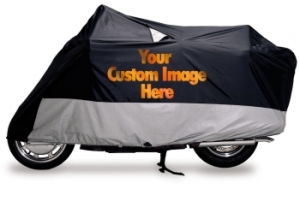You might ask yourself “why might chaps be so important when riding?”. Some answers vary from keeping you warm to having superior protection if you happen to wipe out. Lets take a look at when chaps first became popular.
In the early 1800’s, armas were worn by Spanish and Mexican riders that herded cattle. They were really more of a leather apron that went around the front of the horse and over the riders legs. This cumbersome design was later replaced with protection for just riders.
The Shotgun style is the most famous. They are narrow and straight, staying close to the body to keep in warmth. They are the most common riding chaps.
The Batwing style is very loose fitting, allowing for maximum movement. These style of chaps are most common for active riders, and bull riding as they give the most flexibility. They usually have only 2 or 3 fasteners around the thigh, and are much cooler for those hot days.
Chinks are a short chap that comes just below the knee. It has long fringes around the bottoms and down the outside leg. (Not to be confused with gaiters, which go from the knee to ankle.) These chaps are ideal for hot climates.
Woolies are just a variation of the shotgun, made of fleece or hair on cowhide. These are for warmth.
Chaps were worn by riders for protection from the elements. Wind burn and thorny vegetation were often things riders had to be aware of. They mainly kept the riders legs safe and warm. Leather chaps also stick to the leather saddle or bareback horse much better than fabric. This allowed greater stability for riders.
Although the look of chaps have not changed over the years, the purposes have, mostly for safety. Motorcycle chaps give riders that added protection from kicked up rocks and sand to keeping you warm. They also provide that security that if you happen to bail off your bike, you won’t leave your skin on the pavement. Shotgun motorcycle chaps are a great piece of safety equipment and have become popular in the motorcycle subculture. Riders have just moved from ranch horses to the metal pony’s.
Interested in checking out some chaps to add to your motorcycle safety gear? Check out Nomads Leathers to find your ideal style today!
